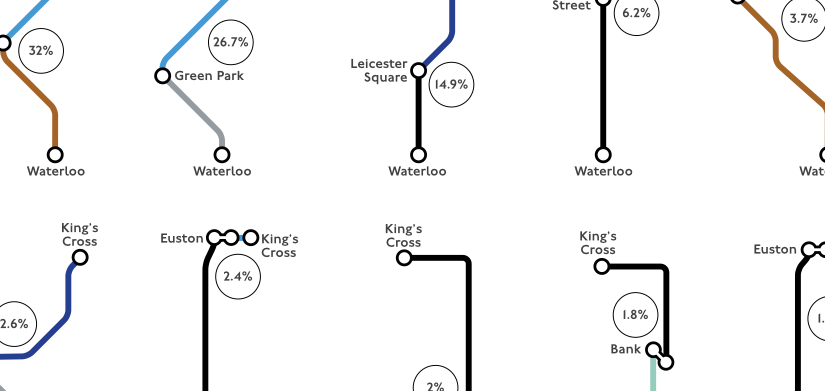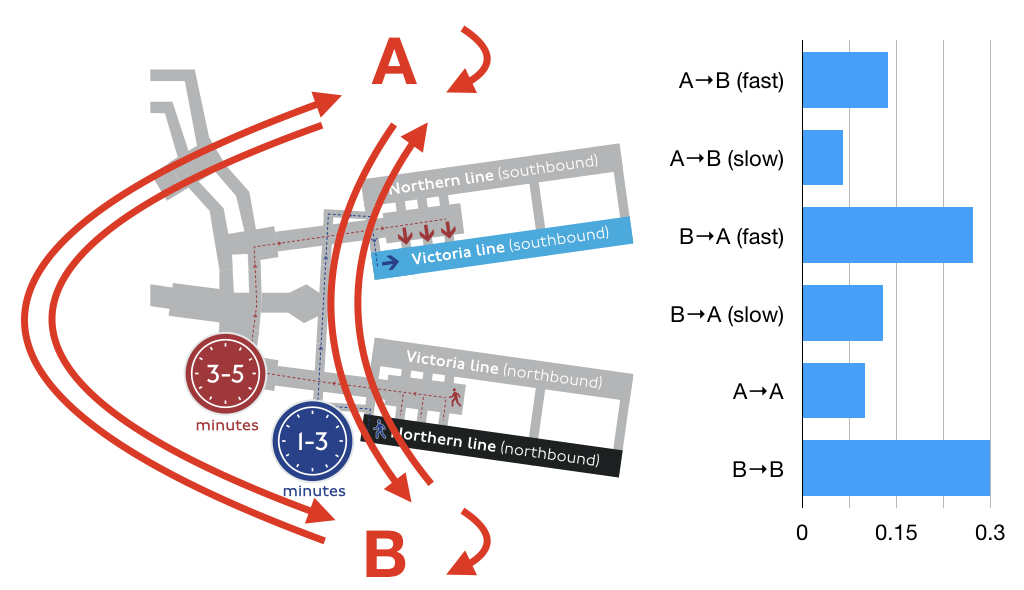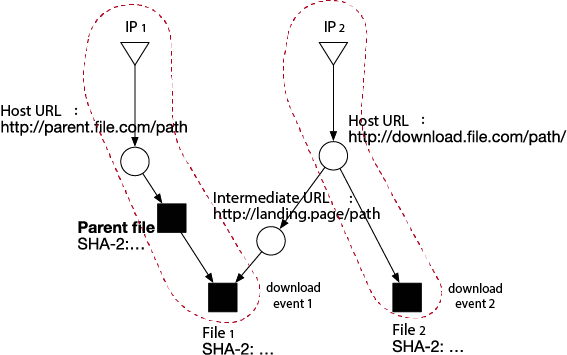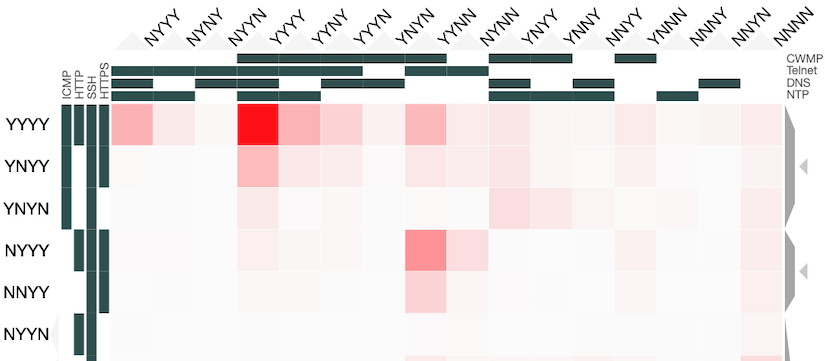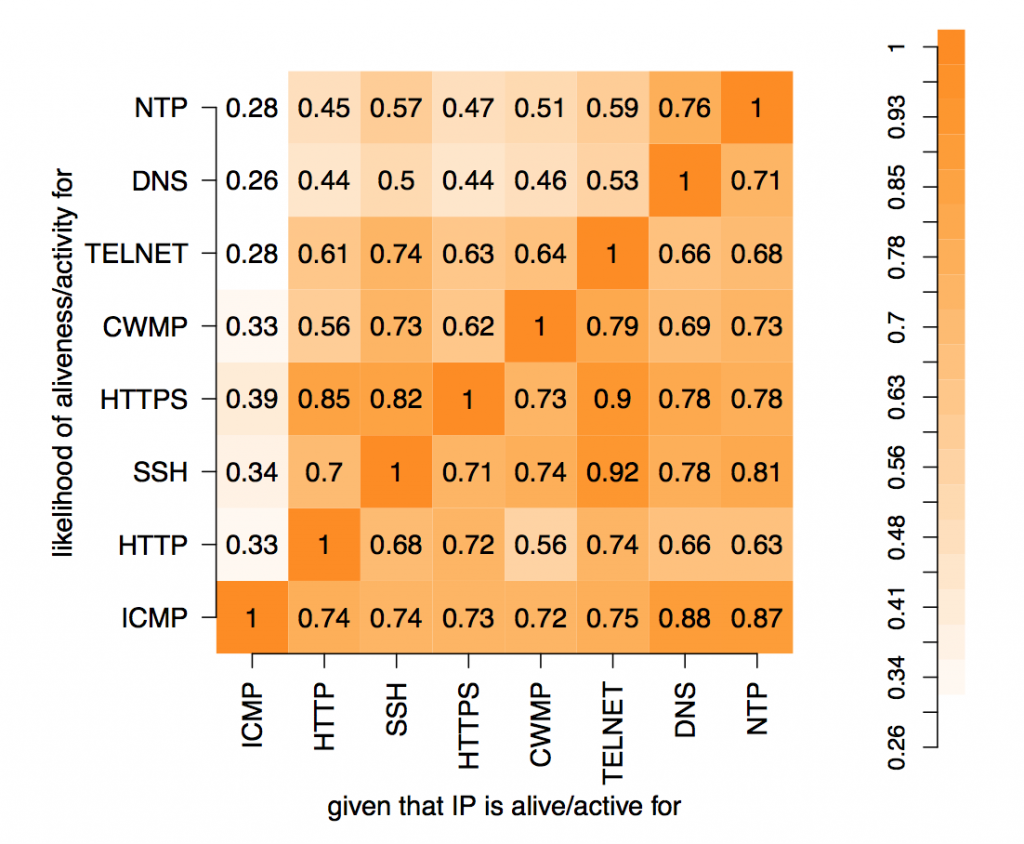A rising category of cryptocurrency scams called ‘rugpulls’ accounted for 37% of all cryptocurrency scam revenue in 2021. A rugpull is an exit scam in the DeFi (Decentralized Finance) ecosystem where developers abandon a project without fully delivering and run away with investors’ funds. Thodex, a Turkish centralized exchange, ran away with $2 billion from victims. In March 2022, the U.S. Department of Justice charged two defendants for a $1.1 million NFT rugpull scam called Frosties.
In our paper to be presented next week at Financial Cryptography and Data Security 2023, we analyze an updated list of rugpulls from an online discussion forum – bitcointalk.org. This forum provides a platform for everyone to discuss anything on crypto that also attracts scammers to advertise their projects. We observe that since 2020, the number of rugpull threads has increased, while the ones containing exit scams have decreased; the total mention of either of these terms is relatively stable over time. This means that users have started using the term ‘rugpull’ instead of ‘exit scam’ since the DeFi space emerged.
Using keywords to search for threads discussing rugpulls, we found 101 rugpulls from six services, summarised in Table 1. Our dataset is available from the Harvard Dataverse as doi:10.7910/DVN/SMGMW8.
| Service Type | Definition | Observation |
|---|---|---|
| Initial Coin Offerings (ICOs) | Raising money to create a new ERC20 token | 73 |
| Yield farms | Lending crypto assets to earn interest on the loan | 16 |
| Exchanges | Platforms for users to buy/sell cryptocurrency | 5 |
| Non-Fungible Tokens (NFTs) | Unique, non-interchangeable digital asset that can be bought and sold | 5 |
| Initial Dex Offerings (IDOs) | Similar to ICO, but on a decentralized exchange | 1 |
| Cloud mining | Fractional shares of a mining operation | 1 |
We find that Initial Coin Offerings (ICOs) form the majority of rugpulls, and most of them pulled the rug in less than six months. For example, the SquidGame Token, named after a famous TV show, rugpulled within days in 2021.


